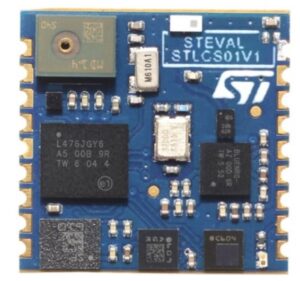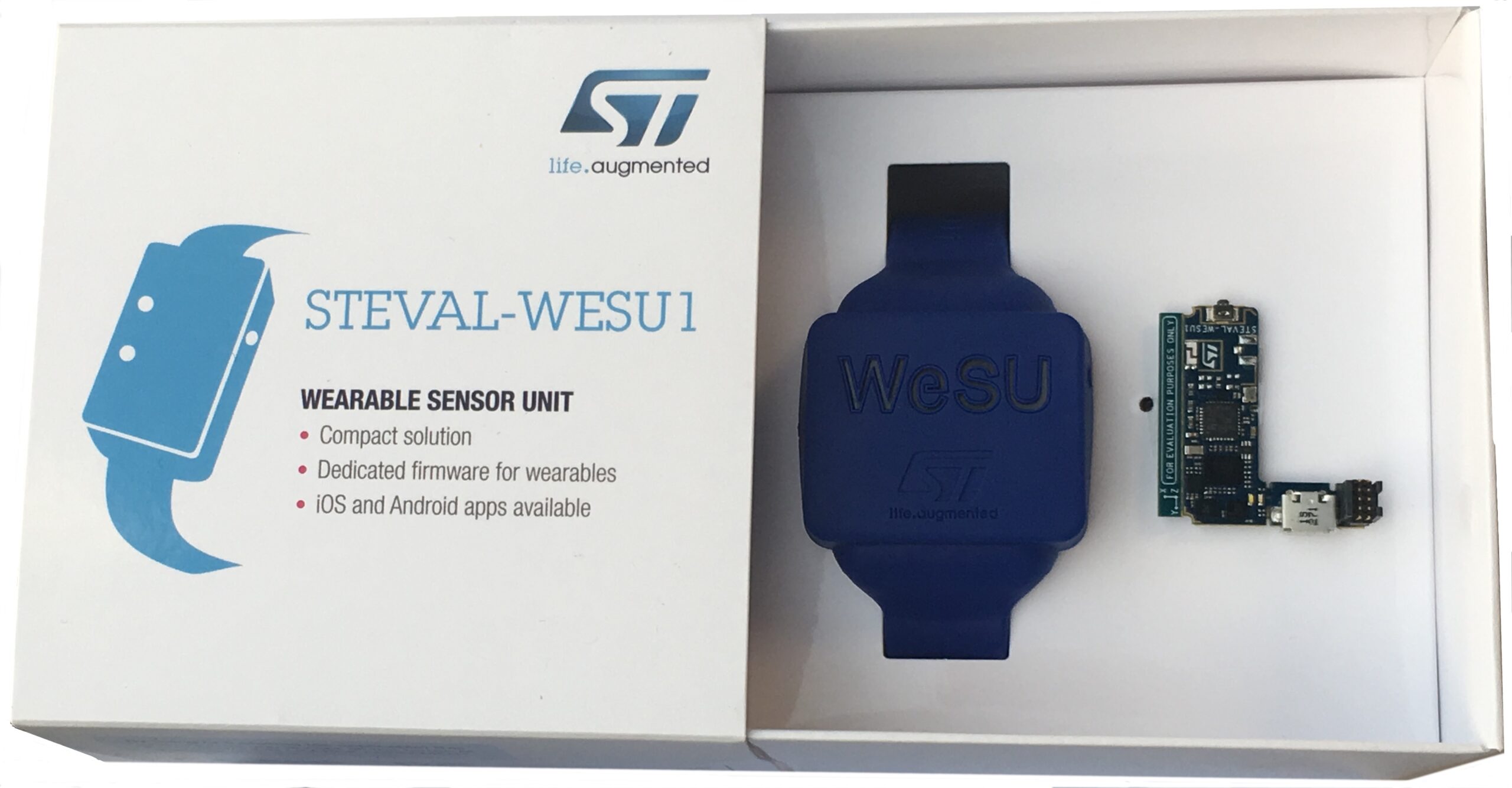ST held its Developers Conference on October 4 in Santa Clara, California. In anticipation of this event, we published a series of blog posts to preview some of the sessions’ topics and introduce the engineers, managers or experts that made this day special.
Sensors are moving from external devices to the body. We’ve gone from the Six Million Dollar Man to the common folk with a smart watch, fitness tracker, smart wristband, GPS on his wrist, barometer in his pocket, heart monitor on his sleeve, and this is only the beginning. Researchers are working on a continuous blood pressure monitor, and a Lab-on-a-Chip that will enable anyone to carry a continuous glucose monitoring sensor, among many other things. The human body is the New Continent and we are all pilgrims. However, for the data collected to be usable, devices must be able to work together.
For instance, in the case of body motion tracking, the synchronicity of the sampling and streaming activities is essential to ensure the quality and usability of the data. In other words to determine if a body is running, jumping, falling, etc. all the sensors must pull data at precise times and intervals to track all the aspects of the body simultaneously and appropriately. If sensors on the leg capture data at one point in time and those on the arms pull data at a completely different moment, models will no longer work and the system won’t have an accurate picture of what is happening.
Problems of the Body Area Network

Hence comes Andrea Vitali to the rescue. He’s an Advanced Research Manager at ST’s Internet of Things Excellence Center. As a system architect, he and his team design prototypes based on clients’ requirements and specification, collaborating with them to deliver the result they expect and more. This has led him to work on SensorTile, the development kit that packs a tremendous number of sensors in a 13.5 mm x 13.5 mm board. As a result, he’s at the forefront of the revolution happening in the field of Body Area Network.
As the name implies, the Body Area Network (BAN) refers to the intercommunication of the plethora of sensors worn, attached on or even inserted in the body. From simple accelerometers, gyroscopes, barometers, and digital microphones, to much more complex sensors, this network of wearable devices faces very difficult technological challenges. Indeed, BAN clients often come from different manufacturers and function very differently, yet they must all gather data at the same time or use accurate timestamps to enable the alignment of the information. It’s the only way for the system to know exactly what the entire body was doing at an exact moment in time. Today, Bluetooth Low Energy is the network of choice for these devices, but the standard was never designed for this.
Solutions for Your Body Area Network
To overcome this challenge, Andrea and his team have developed different solutions that he will present in his talk entitled Body Area Network and sensor synchronization. With the help of demos, executables, and documentation available to the attendees, he will show how developers can master the complexities of these devices to quickly and safely achieve project goals.
Andrea will show how one can use Bluetooth Low Energy features, like broadcasting or receiving a trigger signal, to ensure the gathering and streaming of data in unison. He will also demonstrate that it is possible to use the hardware and firmware to timestamp events to enable a realignment of the data at the post-processing level, circumventing some of the protocol’s limitations.
Hence, anyone involved in designing a system using those types of sensors will have hands-on practical examples to immediately see the result of certain practices or codes. Whether you are aiming to mass produce a device in the millions of units or simply launch your crowdfunding campaign, mastering the Body Area Network is the key to transforming a design from great to truly remarkable by ensuring fast and reliable communication with other sensors and the host system.
To Be Ready
The talk will serve as an introduction to key concepts such as synchronization and Bluetooth Low Energy connectivity. Andrea will therefore guide the attendees through the different notions and solutions. Hence, low-level knowledge of the subject matter is not necessary to enjoy this session. However, to make the most of it, we recommend being familiar with SensorTile and ST’s reference design for wearable sensors, the STEVAL-WESU1.
Andrea Vitali is currently scheduled to give the following presentation:
- Body Area Network and sensor synchronization
You can learn more about the other sessions, get the agenda, or register by visiting the website for the ST Developers Conference.
